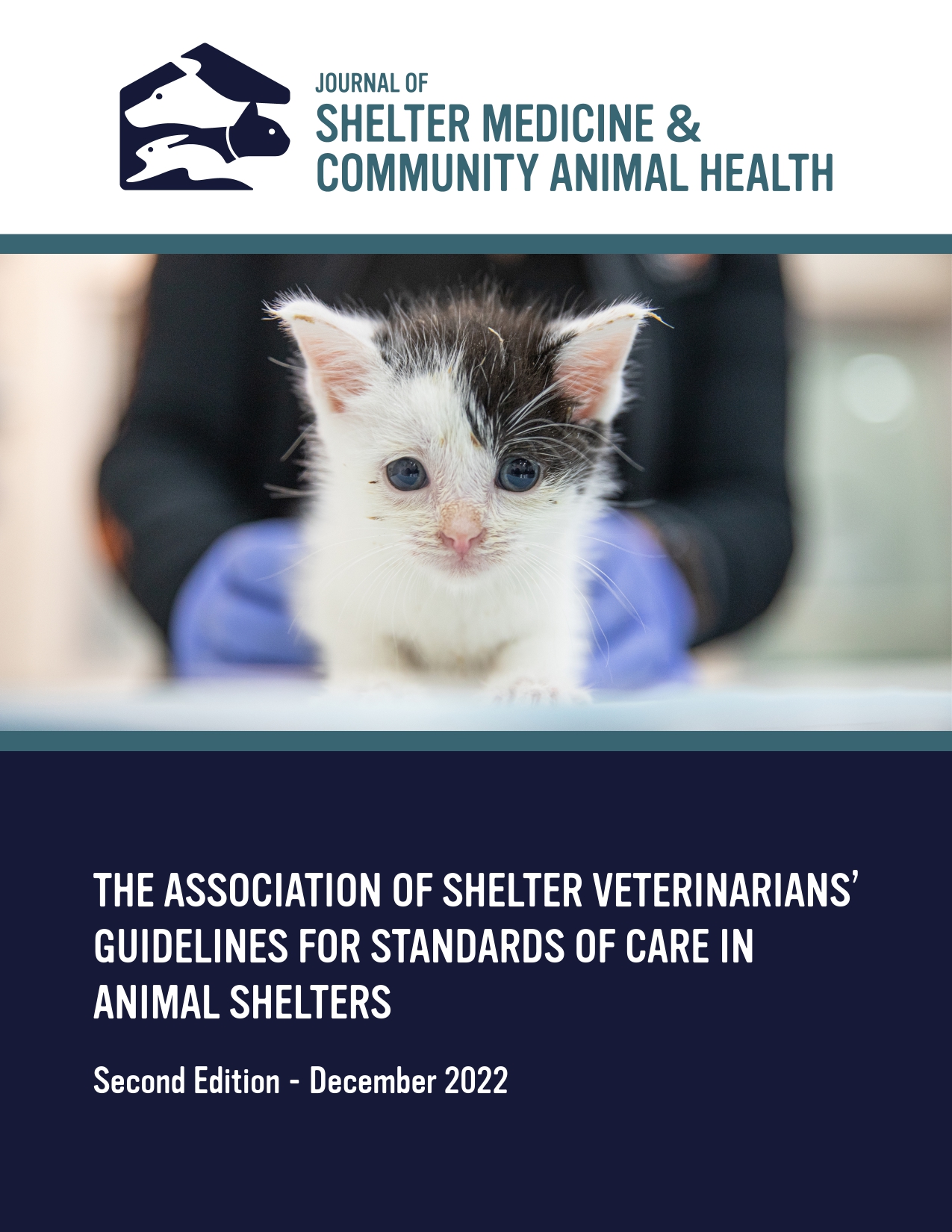The Increasing Adoption Potential of Undersocialized Cats and Kittens: Blessing or Curse? [Abstract]
DOI:
https://doi.org/10.56771/jsmcah.v3.94Abstract
The most appropriate management strategy for a cat entering a shelter environment varies based on many factors. Perhaps the most important of these is the cat's level of socialization to people. For unsocialized/poorly socialized cats, pathways such as TNR or alternative placement are typically considered more appropriate for their quality of life. This is particularly true for older cats, outside of the socialization phase. However, as supply of cats have declined and rates of pet ownership have increased, there is increasing pressure for shelters to find homes for cats with socialization histories that would not have been deemed adoptable previously, and adopters are more willing to adopt poorly socialized cats. There has been no investigation of the well-being of poorly socialized cats in their adoptive homes or the experience of these adopters.
Adopters of 57 adult cats identified as undersocialized and 155 control cats (not suspected of being undersocialized) were surveyed about their cat’s behaviour and their own satisfaction. Control cats were rated as less fearful, more affectionate, more likely to engage when approached (by either a stranger or their adopter), and more likely to enjoy petting (by either a stranger or their adopter) than undesocialized cats. Owners of control cats also reported greater satisfaction and were more likely to state that their cat would be happier in a home environment than regularly fed outdoors.
Adopters of 134 kittens identified as undersocialized and 591 control kittens (not suspected of being undersocialized) were surveyed about their kitten’s behaviour and their own satisfaction. In this survey, control kittens were rated as less fearful, and more likely to engage when approached by a stranger or enjoy a stranger petting them, but there was no difference in ratings of affection, relationship with their owner (either by engaging when approached or enjoyment of petting), adopter satisfaction, or what environment the adopter states the kitten would be happier.
Results suggest that although it is becoming more possible to place undersocialized cats in homes, these environments may not be in the best interests of the cats’ or adopters’ quality-of-life. Results for undersocialized kittens suggest that while they may still be prone to fear, particularly towards strangers, both the kitten and the owners have good quality-of-life and satisfaction post-adoption.
Downloads
Published
Issue
Section
License
Copyright (c) 2024 JJ Ellis, N Furgala, KJ Janke

This work is licensed under a Creative Commons Attribution 4.0 International License.










